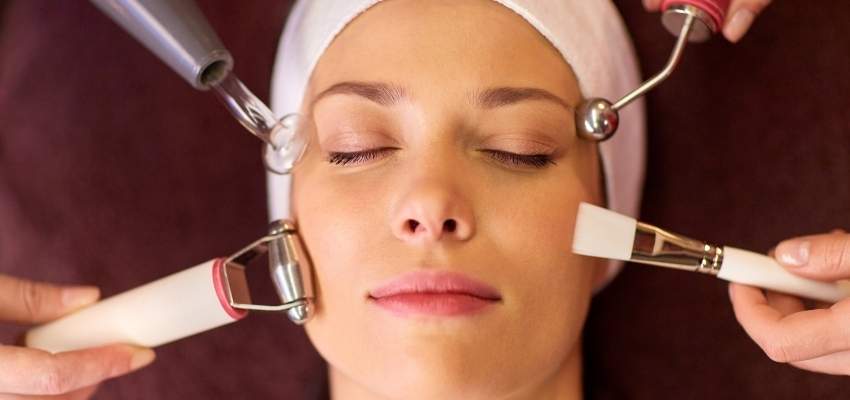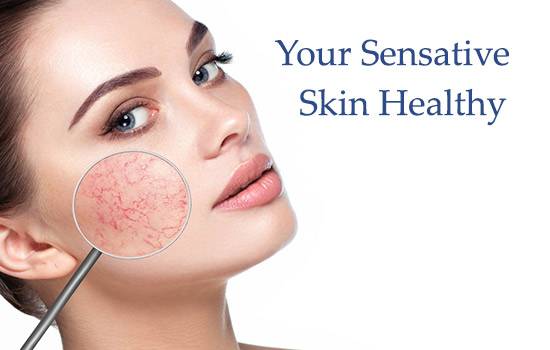
Hyperpigmentation is a general term that relates to discolouration, which is a relatively frequent skin problem.
It normally comes as dark spots or patches, although it can appear in a variety of unusual and equally aggravating ways.
Prolonged sun exposure, hormonal changes, and, in rare situations, pharmaceutical use can all contribute to the formation of melanin.
Hyperpigmentation can take the form of age spots or sun damage, melasma, which is distinguished by bigger patches of discoloration, or post-inflammatory, which is accompanied by scars or pimple scarring.
The darker your skin tone, the more noticeable this is. Facials for hyperpigmentation is one of the solutions that people opt for when facing this issue.
In this article, we discuss everything you need to know about Hyperpigmentation.
Different Types of Hyperpigmentation
- Age spots: Excessive exposure to UV rays causes this type of hyperpigmentation, which is a frequent symptom of skin ageing (i.e. sun damage). The regions of the face, neck, forearms, and hands that are exposed to sunlight the most and are the most vulnerable to acquiring age spots.
- Post-inflammatory hyperpigmentation: It refers to discolouration that persists after a skin injury such as pimples, eczema, an outbreak, or a cut.
- Freckles: They’re connected to genetic inheritance, but UV exposure can make them darker and more noticeable.
- Melasma is a type of hyperpigmentation that is more prevalent in females and is considered to be linked to hormones. Patches of discolouration appear most commonly on the cheekbones, bridge of the nose, forehead, chin, and above the top lip. Hormonal changes connected with pregnancy are a frequent cause.
Hyperpigmentation Is Identified and Treated In A Variety Of Ways
Your hyperpigmentation can be diagnosed by a dermatologist.
To discover the reason, they will ask about your medical records and do a physical examination. A skin biopsy may be used to narrow down the reason in some circumstances.
Hyperpigmentation can be treated with topical prescription medicine in some circumstances.
The most common element in this prescription is hydroquinone, which lightens the skin. Facials for hyperpigmentation is also recommended to better the dark area on your skin.
Nevertheless, long-term use of topical hydroquinone can produce ochronosis, or skin darkening.
As a result, it’s advisable to use topical hydroquinone only under the supervision of a dermatologist, who can fully instruct you on how to use the medication safely.
Use of sunscreen is also part of home care. It is the solitary most essential component in reducing hyperpigmentation in most cases.
Sunscreen Must Include:
- a sunscreen that is physically inhibiting, ideally with zinc oxide as the principal active element
- SPF 30 to 50 is recommended.
- Wide coverage
Use sunscreen on a daily basis. If you’re out in the sun, reapply every 2 hours; if you’re exercising or swimming, repeat more regularly.
In some skin conditions, such as melasma, visible light may contribute in the perpetuation of hyperpigmentation.
If that’s the case, seek for a mineral sunscreen with iron oxide, which can help block some visible light. Use on a regular basis. Wear SPF-infused sun protection clothes.
Facials for Hyperpigmentation
Gold Facial
Since olden days, Romans and Egyptians have used gold to improve and retain their radiant skin. A gold facial performed by skilled hands can improve skin suppleness and eliminate fine wrinkles, pimples, and scars. It promotes cell regeneration, resulting in smoother, more radiant skin with fewer spots.
Brightening facial
If you have dark spots or hyperpigmentation, a lightening facial should be on your next salon visit’s schedule. It is designed to address hyperpigmentation and balance out your skin tone.
The utilisation of potent antioxidants like Vitamin C, which increase skin’s natural defences while improving luminosity, is the USP of this facial. You’ll notice a difference in your pigmentation after 2 or 3 facials.
Fruit acid facial
One of the best types of facials for your skin is a fruit or fruit acid facial. Fruit-derived AHA acids can assist in gently eliminating dead cells and restoring radiance to the skin. Citrus, for example, illuminates while malic acid in apples exfoliates. A fruit acid infused facial is a great way to thoroughly cleanse your skin while also improving colour and texture.
Gem Facial
Diamonds, in particular, are frequently employed as exfoliating agents. In compared to other components, they provide a longer exfoliating impact on the skin. Gem facials exfoliate dead cells from the skin and provide a wonderful exfoliation effect. A gem facial reduces tan and dark spots while also regulating melanin production.
Vitamin Facial
Vitamins A, C, and E are commonly utilised for various treatments. With regular use, a vitamin C facial can help erase dark patches, tan lines, and roughness while also lightening pigmented skin. A multi-vitamin facial treatment can soften and smooth your skin while also giving you a shine that is pristine.
Facial with Flowers
Flowers are lovely and may do wonders for our skin. Rose, marigold, and lotus are just a few of the flowers that might help you get a fair and healthy complexion. They’re chock-full of vitamins and oils that help to treat skin, decrease melanin production, and fade scars and markings. They not only increase skin clarity, but they also replenish and tone it, resulting in long-term skin flawless.
Final Words:
The ultimate take about hyperpigmentation: it can strike anyone at any time.
Schedule an appointment with your dermatologist if you’re already undergoing a severe case or feel it’s due to hormone.
No matter what, the greatest thing to start for preventing skin discoloration is with sunscreen and facials for hyperpigmentation.






